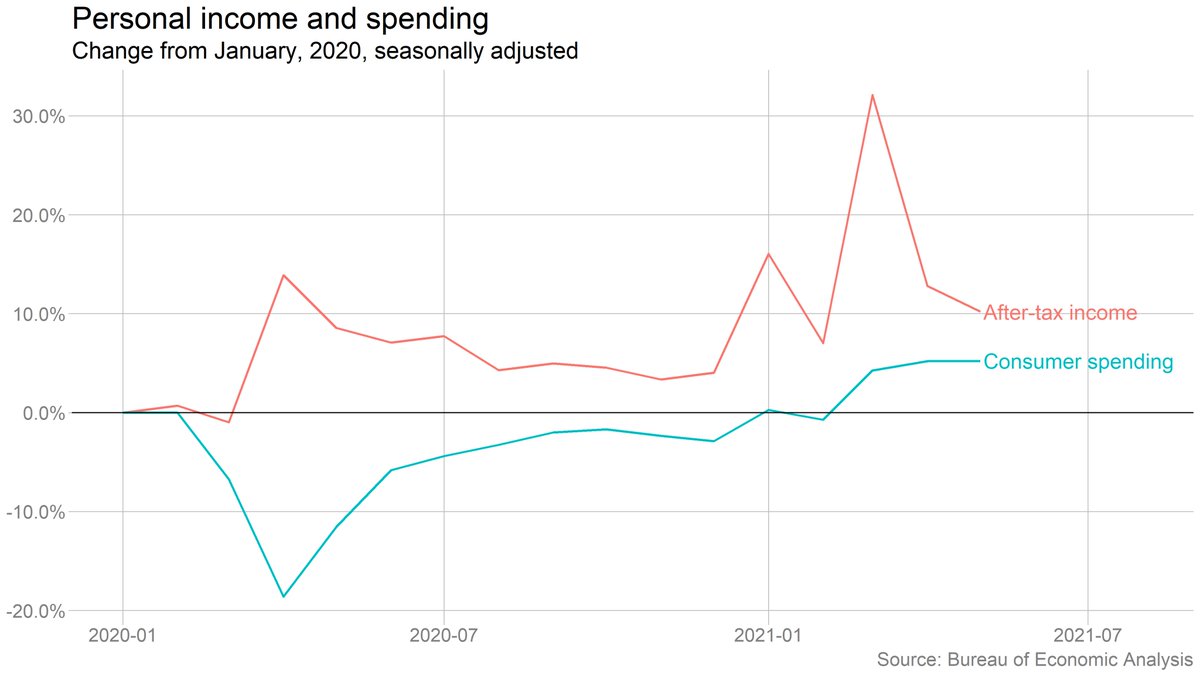
Recent initial claims overstate the actual number of individuals entering the regular UI system in California by *two-thirds* per latest @CAPolicyLab:
capolicylab.org/publications/j…
capolicylab.org/publications/j…

Note that this is not about fraud, and it's not about people getting denied payments. It is (primarily) about people filing "additional claims," either when they re-enter UI after a period of work or after their benefits "chain" gets broken (after a payment delay, for example).
Meanwhile, more than 90% of new claims by individuals in CA were for people entering their second (or greater) spell of unemployment during the crisis. Shows the churn of people into and out of jobs during the pandemic.
(I wrote about this in March:
nytimes.com/2021/03/18/bus…)
(I wrote about this in March:
nytimes.com/2021/03/18/bus…)

Hard to know how representative the situation in CA, and unfortunately I'm not aware of any other state that has shared data with researchers in the same way. But at a minimum this is (yet another) reminder to be cautious about interpreting UI claims data.
More detail in this thread from @TJ_Hedin:
https://twitter.com/TJ_Hedin/status/1410240352716345344
And also *this* thread from @TJ_Hedin, which speaks more directly to the measurement issues described in my tweets above:
https://twitter.com/TJ_Hedin/status/1410243009208279042
• • •
Missing some Tweet in this thread? You can try to
force a refresh










